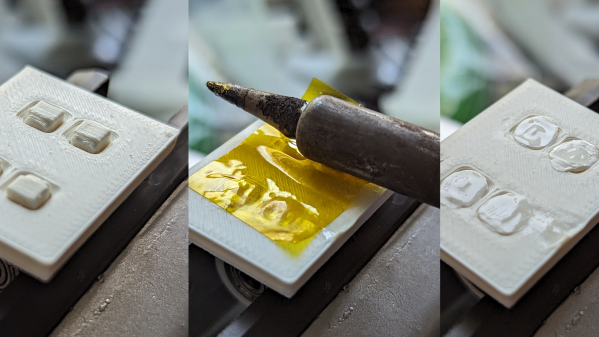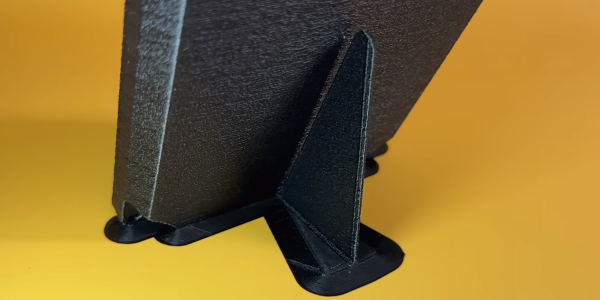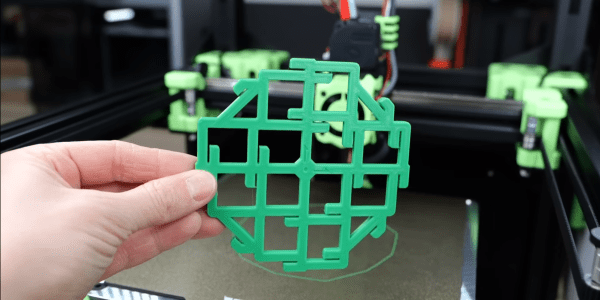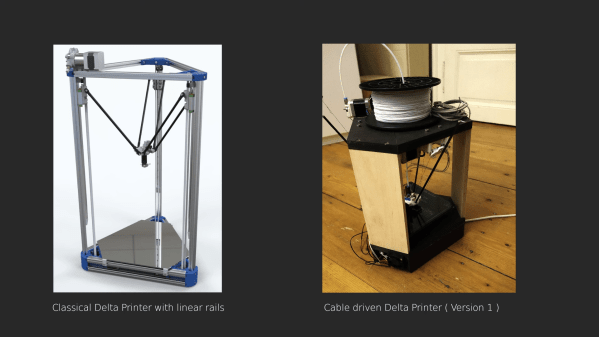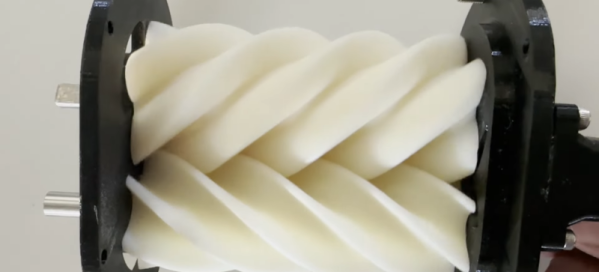The global issue of plastic waste has prompted scientists to seek innovative solutions for recycling. Single-use plastics, notorious for their environmental impact, require new methods for efficient and sustainable management. For some common plastics, though, salvation could be at hand, with researchers identifying a common enzyme that can be used to break them down fast.
Researchers at King’s College London have discovered an enzyme used in laundry detergents that can break down PLA plastics within 24 hours, using a little heat as an aid. Normally, this is achieved via composting methods that take weeks or months. This method transforms the plastics back into their original chemical components, offering a rapid and eco-friendly recycling process. The monomers can then be reused for manufacturing new plastic items.
One wonders if this could also be used in another way – perhaps in a multimaterial printer, allowing PLA to be used for supports and then broken down. It’s probably not that necessary, given other degradable materials exist, but it’s something to think about.
This project is a significant leap forward in recycling technology, showcasing the potential for enzymes to revolutionize how we handle plastic waste. It could also be a great way to recycle all those errant deformed Pikachus that keep ending up in your hackerspace’s 3D-printing waste basket. In any case, plastic waste is a problem the world needs to solve, and quickly, because it’s not going anywhere any time soon. Video after the break.


